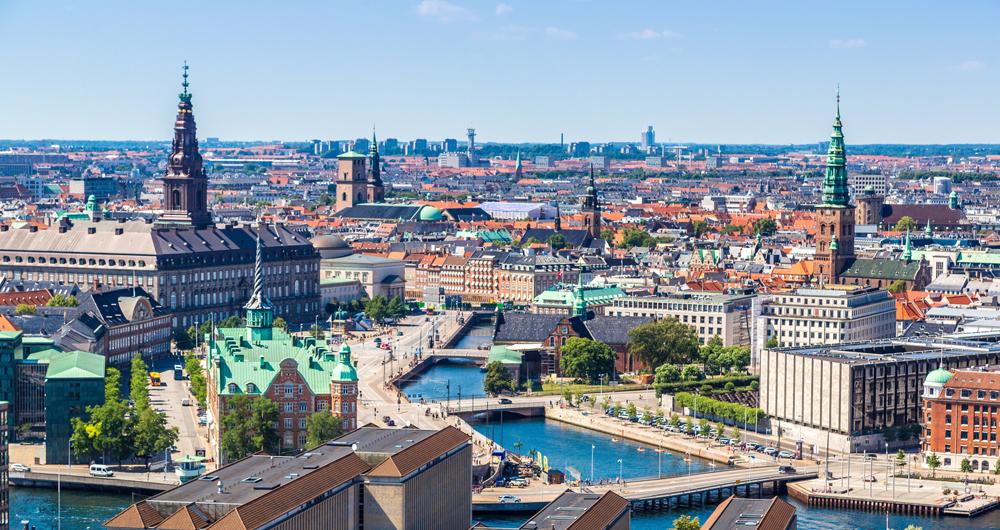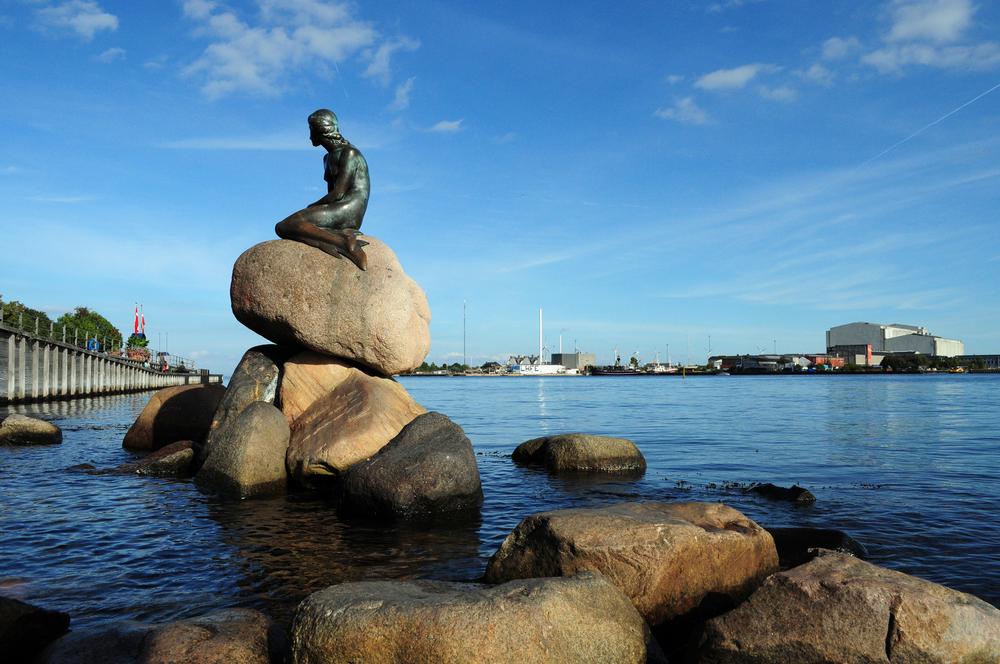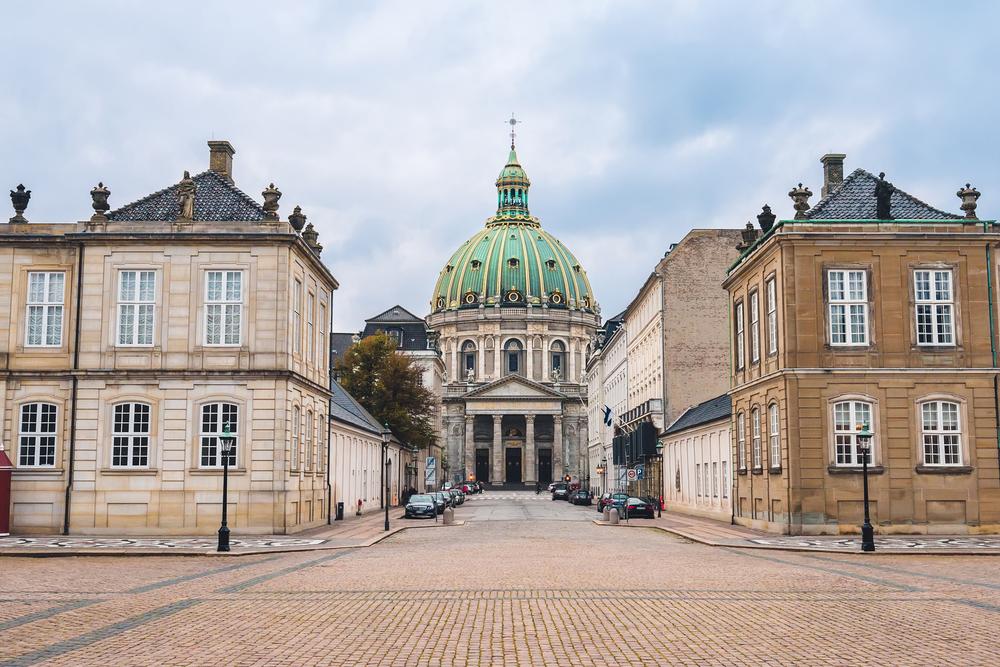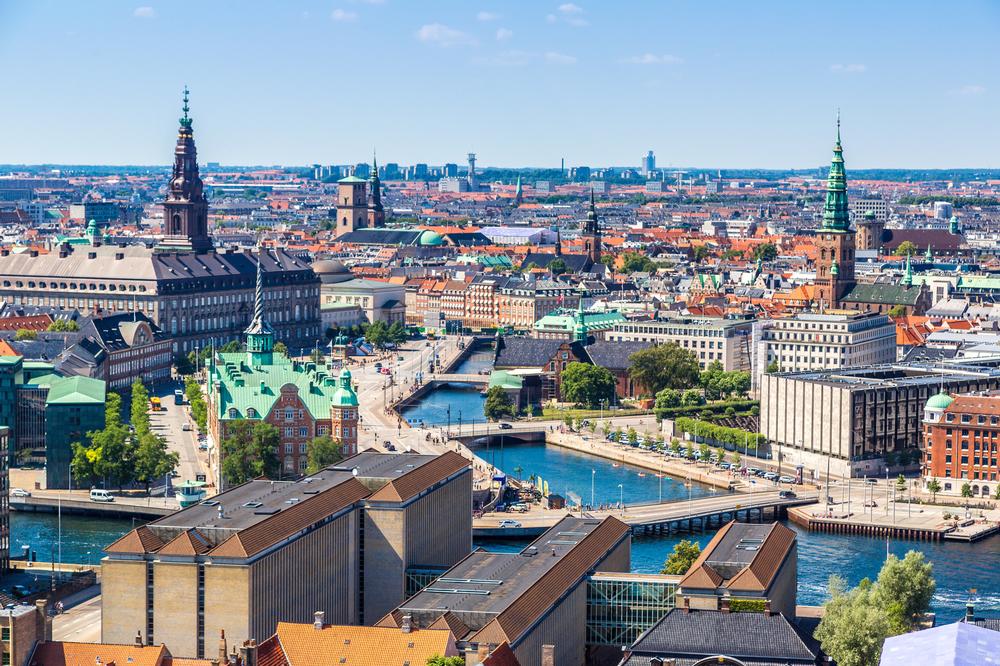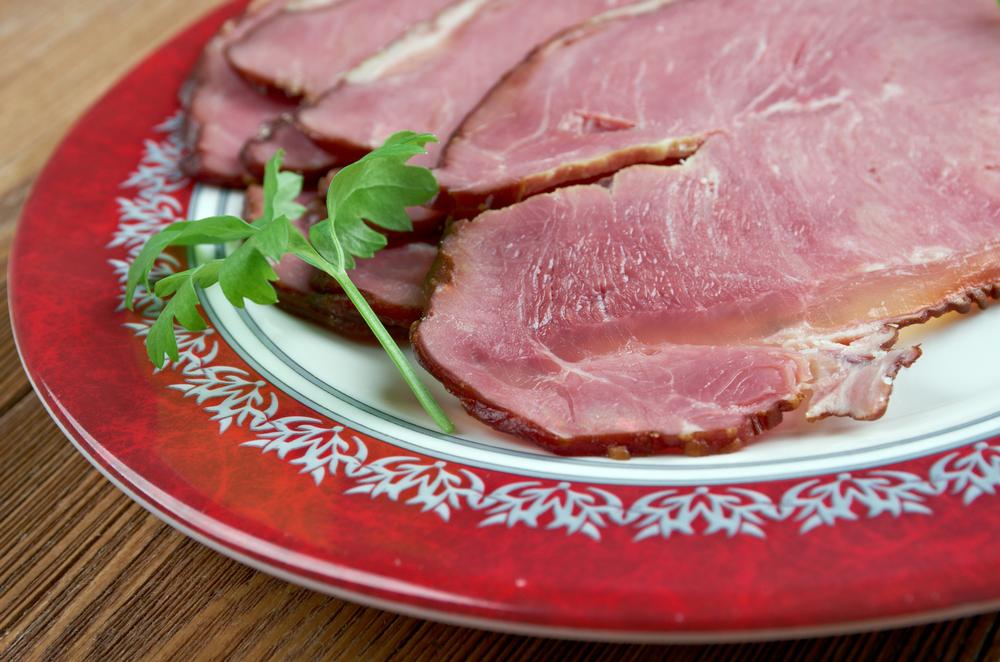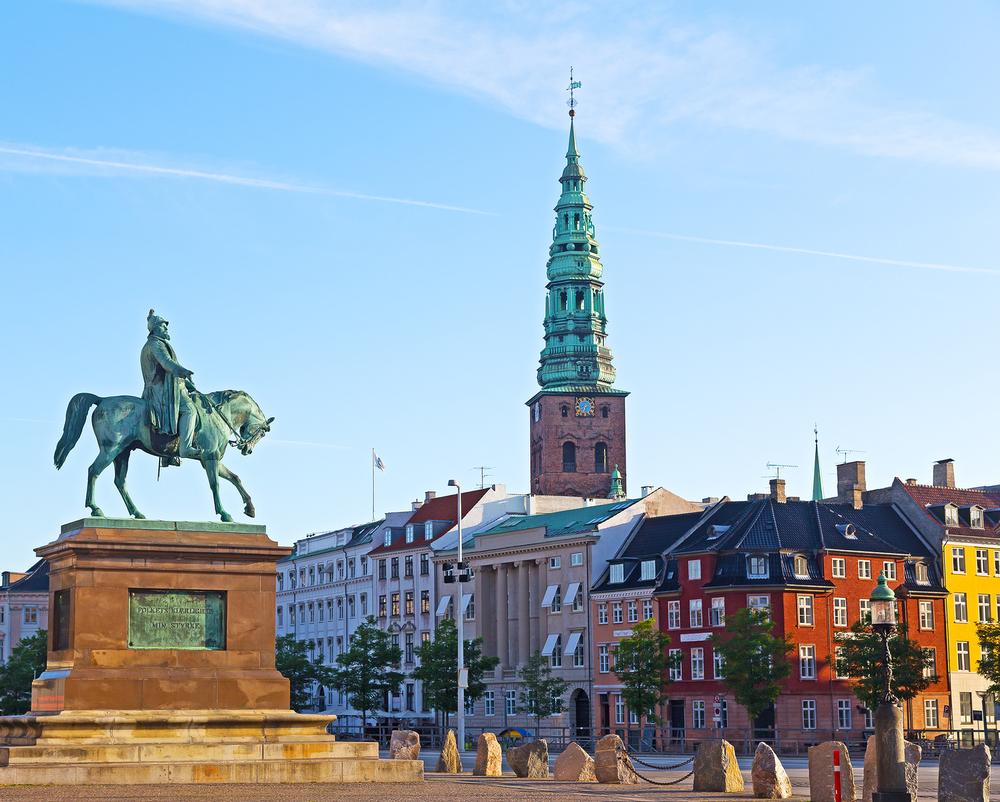-
What is the best time to visit Copenhagen for warm weather?
- The best time to visit Copenhagen for warm weather is during summer (June to August), when the city enjoys the warmest temperatures and plenty of sunshine. This is also the peak tourist season, so expect crowds and higher hotel rates.
-
What should I know about visiting Copenhagen in the summer?
- Summer in Copenhagen sees great weather for sightseeing, but it can also get crowded due to families on vacation. Additionally, hotel rates are at their highest during this time.
-
Is winter a good time to visit Copenhagen?
- While Copenhagen is cold in the winter, some people visit during the holiday season to enjoy the Christmas lights and festive atmosphere. However, be prepared for chilly temperatures.
-
What is the best time to visit Copenhagen for cooler, pleasant weather?
- The best times to visit Copenhagen for cool but pleasant weather are during the spring and early fall. During these months, the weather is more comfortable, room rates are reasonable, and there are fewer visitors.
-
When is the best time to experience Copenhagen's outdoor activities?
- To enjoy the great outdoors of Copenhagen, the best time to visit is between June and August when the weather is warm, and outdoor activities are in full swing.
-
When do the best events take place in Copenhagen?
- The best events in Copenhagen, such as the Copenhagen Jazz Festival and the Pride Festival, take place during the summer months (June to August).
-
What is the best time to see Copenhagen's autumn foliage?
- To see the best of Copenhagen’s autumn foliage, the ideal time to visit is between late October and early November.
-
When is the most affordable time to visit Copenhagen?
- The most affordable time to visit Copenhagen is during the fall months of September to November, when hotel rates are lower and there are fewer tourists.
Map:
Plan Your Trip


